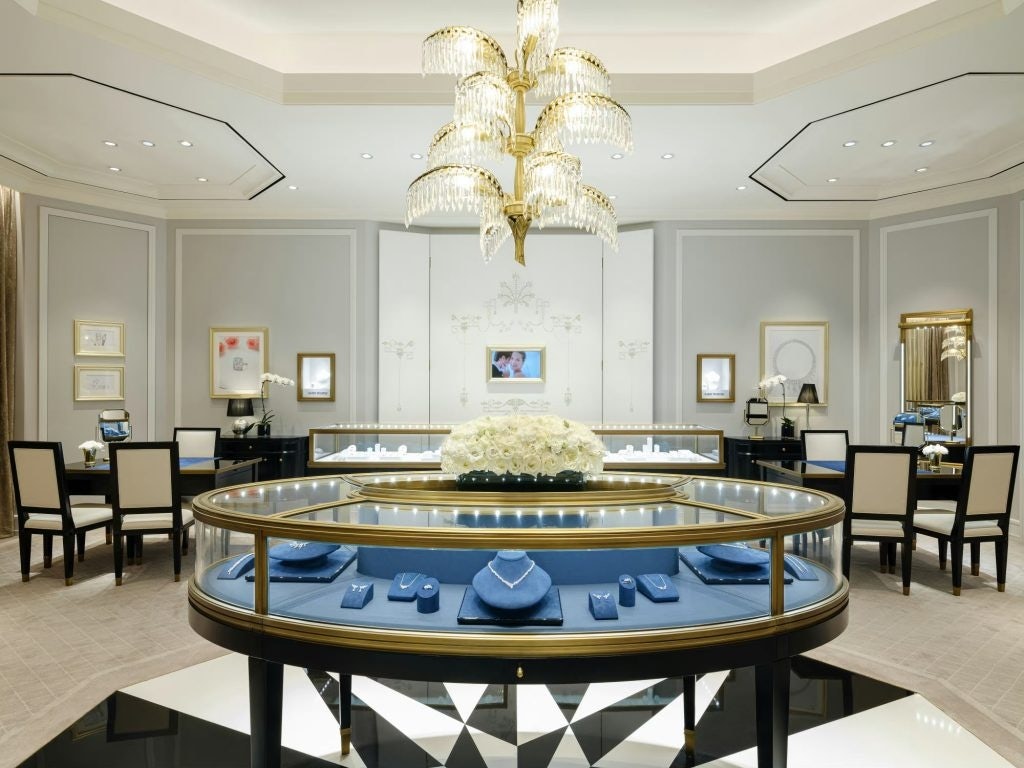In China’s ever-evolving hard luxury sector, a story of adaptation, localization, and the emergence of new consumer preferences is unfolding. As the years progress, the once-thriving Chinese luxury market is undergoing a transformation, fueled by the changing desires of a new generation of consumers.
In recent times, Chinese consumers have become more discerning, valuing high-quality hard luxury items and viewing these purchases as a means of self-expression. This shift has paved the way for global luxury brands to thrive while also fostering the growth of home-grown Chinese brands that are now competing with and, in some cases, surpassing their foreign peers.
In 2023, the hard luxury industry in China finds itself at a crossroads, faced with the need to adapt to evolving consumer behavior. The experiences of the pandemic have profoundly altered the luxury landscape, with Chinese consumers seeking not only physical pleasure but also spiritual satisfaction. This change is leaving its mark on the industry, particularly in the hard luxury segment.
Localization#
Among these shifts, the world of luxury watches has seen remarkable changes. Even after the easing of Covid-19 restrictions, Chinese consumers continue to purchase luxury items domestically. This trend began during the intermittent lockdowns of 2022, with companies like Bulgari witnessing a surge in watch sales, even among those shopping from home.
Recent data from Vogue Business reveals that a significant percentage of Chinese luxury shoppers plan to make high-end purchases within mainland China, Hong Kong, or Macau. Moreover, 70 percent of these consumers prefer to shop online or at physical stores in their own cities. While the domestic market remains robust, over a quarter of Chinese luxury consumers are eyeing purchases in Europe, Japan, and South Korea, thanks to the appeal of international luxury shopping.
However, the globalization of watch prices and a gradual reduction in import taxes on luxury timepieces in China have reduced the price gap between domestic and international markets. This has led to an increasing preference for domestic purchases.
To cater to this changing landscape, luxury brands are localizing their efforts and expanding their footprint within China. They're launching limited-edition watches exclusively for Chinese boutiques, creating specialized stores, and enhancing client engagement. For instance, Jaeger-LeCoultre opened its first flagship in Shanghai in 2022 with a focus on improving consumer engagement and resonating with Chinese shoppers.

Harry Winston's new store in Nanjing, opened in June, is a testament to the growing importance of localization. The store, resembling a private estate and integrating local culture, showcases the brand's understanding of the significance of cultural resonance when appealing to Chinese consumers.

Duty-free boom among Gen Z#
Another notable trend is the rising interest in luxury goods among younger consumers, particularly Gen Z. This has led to a surge in duty-free shopping, notably in Hainan, with projections indicating that China will be the driving force behind the growth of the duty-free market in the Asia-Pacific region.
With over 80 million Gen Z consumers in China, luxury brands are eager to engage with this demographic. They are digital natives, spending significant time online and displaying lower brand loyalty than their older counterparts. Gen Z values innovation and authentic storytelling, making brands that resonate with these values more appealing.
In the luxury watch market, Gen Z consumers are gravitating toward newer brands and smartwatches, indicating a shift away from traditional luxury watches. However, this shift also presents an opportunity for brands that can effectively cater to this demographic and maintain brand image without alienating older, established customers.
In China’s ever-changing landscape of hard luxury, the ability to adapt, localize, and appeal to the evolving consumer preferences of the younger generation holds the key to success. The industry is at a critical juncture, where embracing change and innovation is not just an option but a necessity for those who seek to thrive in the years ahead.



